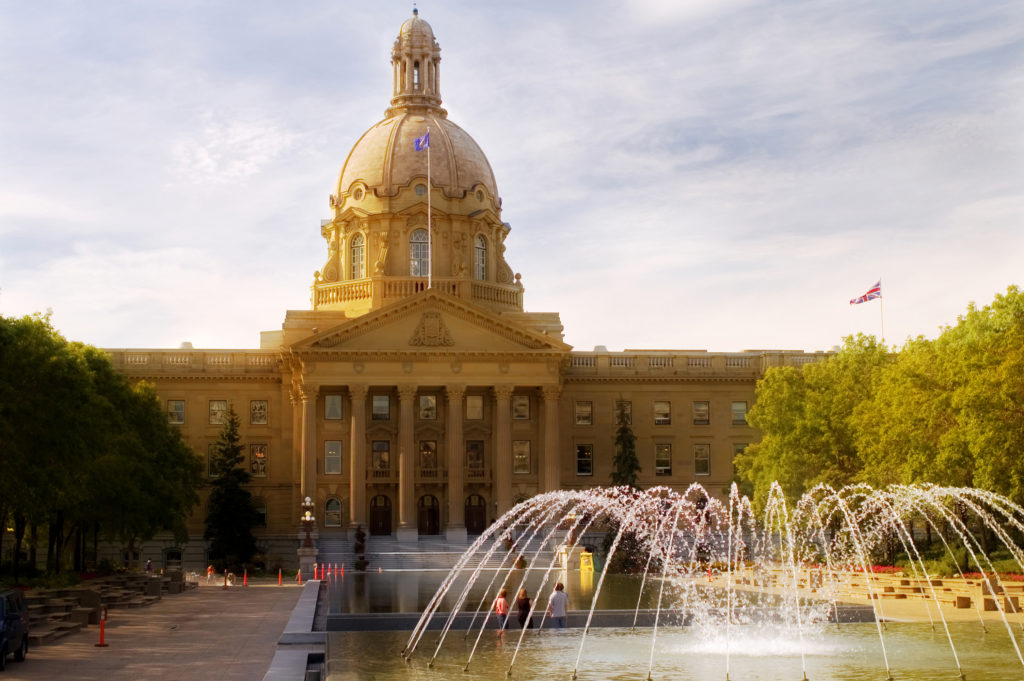- This was largely a status quo budget. Total estimated provincial revenue for 2018-19 is $47.9 billion, compared with $46.9 billion in 2017-18. Meanwhile, total estimated provincial expenses for 2018-19 are $56.2 billion, compared with $55.9 billion in 2017-18. Ergo: no major changes in fiscal policy are in store for the year ahead.
- Alberta is still the lowest-taxed province in Canada. According to the provincial government, if Alberta had the same tax rates as the next lowest-taxed jurisdiction (British Columbia) it would generate $11.2 billion annually in additional revenue. The claim is therefore made that Alberta has a “tax advantage” of at least $11.2 billion over every other province. Importantly, Alberta remains the only Canadian province without a provincial sales tax.
- Alberta has, by far, the lowest debt-to-GDP ratio of any province. For the fiscal year 2017-18, Alberta’s net government debt-to-GDP ratio was 6.5%. The next lowest ratio was in British Columbia, where it was 15.2%. Ontario’s is 37.6%. Alberta’s still running (annual) deficits, but they’re getting smaller. In this budget, the Notley government announced its intention to return the provincial budget to balance by 2023-24. For 2018-19, the provincial deficit is expected to be $8.8 billion (it was $10.8 billion in 2016-17 and $9.1 billion in 2017-18).
- This budget included a very modest increase in annual provincial funding for Homeless and Outreach Support Services. This is annual funding received throughout Alberta’s homeless-serving sector. For the current fiscal year (2017-18) it was $192 million. For the 2018-19 year, it will be $197 million. That represents a $5 million increase in nominal terms. This increased investment beats inflation (which was 1.6% in Alberta in 2017-18) and will enable funding for 100 new permanent supportive housing program spaces. Calgary remains the epicentre of homelessness in our province. The latest province-wide Point-in-Time Count showed Calgary as representative of 60% of the provincial count of persons experiencing homelessness, with only 29% of the province’s total population. Furthermore, Calgary has the least affordable housing in the country for the lowest quintile of income earners, provincial homeless funding should be allocated with this in mind. It’s worth mentioning that the Calgary Homeless Foundation will be bringing on-stream 72 new units of permanent housing with supports for Calgary’s homeless-serving sector this fiscal year. Funding for the full capital costs of these units is in place; however, program funding required to support vulnerable tenants living in these units is not.
- Albertans on social assistance will continue to see the erosion in the value of their benefits. Every year since 2012, social assistance recipients in Alberta have seen the monthly value of their benefits eroded by the same amount as inflation. For a single employable adult, this amounts to more than $100 annually. This has important implications for the homeless-serving sector; indeed, recent research has found an inverse relationship between social assistance benefit levels and homelessness. In other words, allowing the real value of social assistance benefit levels to erode over time will likely result in more homelessness (all other things equal).







